Meet the golf course manager: West Hill GC’s Ben Edwards
Related Articles
West Hill in Surrey is one of the best heathland golf courses in the world. Ben talks about how the club stores essential irrigation water despite not having a reservoir and the major projects the greenkeeping staff have been carrying out.
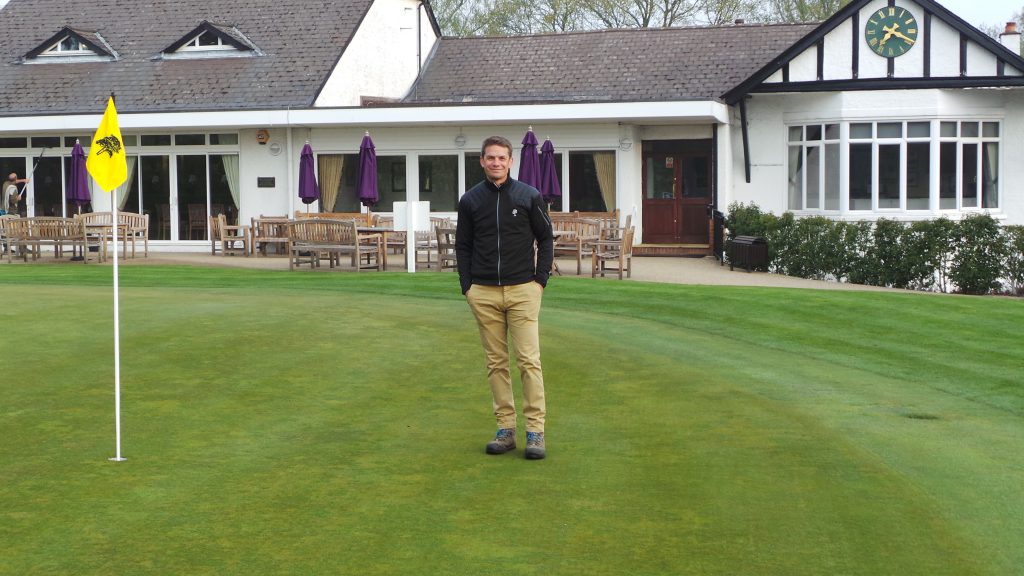
Based near Woking in Surrey, where some of the greatest heathland golf courses in the world are located, West Hill consistently features in UK top 100 golf course listings. Designed by Cuthbert Butchart in 1907, the course is lined with towering Scots pines and the brook of Brookwood meanders its way through the course, coming into play on six different holes. The greens are famous for having some of the most challenging natural undulations you will ever play. The venue, one of Surrey’s ‘3 W’s’, along with Woking and Worplesdon, is said to have the best hole of the three – the scintillating long par three 15th with its wickedly contoured green.
GreenKeeping spoke with Ben Edwards, course manager at West Hill, to find out about him – and the work that goes into maintaining this special facility.
What was your path to greenkeeping, where did you study and how long have you now been at West Hill GC?
I never actually set out to be a greenkeeper in the beginning. I went to Florida when I was 18 to travel for three months and played golf whilst out there. When I returned I thought that I really like golf and all that goes with it so I looked for a greenkeeping opportunity. Sand Martins in Berkshire popped up and I applied. I soon realised that I really enjoyed greenkeeping and I wanted to progress as fast as I possibly could. They kindly sent me to college at Merrist Wood where I quickly gained level two and three in sportsturf. I then was very fortunate to be made deputy course manager after 18 months.
Soon after when my boss told me he was heading back to New Zealand I had the chance to apply for the course manager’s job at the young age of 23. I was very fortunate to be given the chance by the owner, Andrew Hall, and stayed for six very productive years. I then had the opportunity to apply for the course manager’s position at West Hill, which I was very keen on; it’s a great place. Again I was lucky enough to get it and I’ve been here for nearly nine years.
What is the number of your overall team for the management of the course?
We currently have a team of 10 guys plus a part-time gardener and my father helps out with picking up balls on the driving range. We have a great team here and we all push together to try and keep improving. We do try to mix the jobs up to give everyone an opportunity to learn, we do, however, for certain competitions have the same people doing the same jobs to make sure the lines are all kept in order and that it runs smoothly.
The team consists of a deputy course manager, Matt Foster, who I grew up with and we’ve worked together for almost 20 years. He’s a fantastic colleague and is always willing to assist when needed. We then have a first assistant called Jack Cleaver, he started as a 16-year-old on my first day here at West Hill, he is also an excellent member of staff and very dependable. We then have a mechanic called Richard Kuban, he has been here for 25 years and continues to be excellent at keeping our large fleet of machinery in good working order. We then have four assistant greenkeepers who have a wealth of experience, their names are Kevin Butcher, Jack Birt, Colin Mccann and Simon Kirkum. Then follows the two trainee greenkeepers, Joe Brown, who is near to completing his level two and Kieron, who is a year into greenkeeping and doing very well.
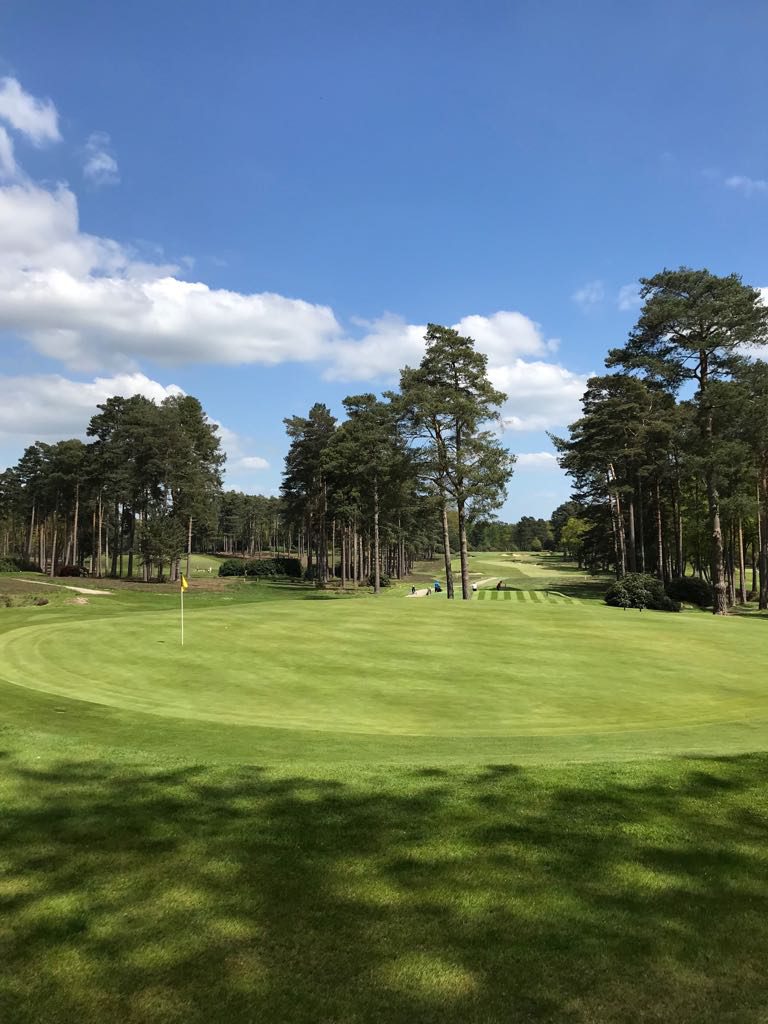
What would you say are the biggest challenges you currently face and how does this impact on the daily maintenance?
The weather and the changing climate is a challenge. Take April for example, minus three degrees to plus 26 degrees in one week. Also, the removal of a number of very useful chemicals. It makes you have to really think about planning regarding the application of fungicides and also can be incredibly soul destroying if you happen to get an attack from grubs and we simply have nothing which can control it. This, in turn, can have a huge effect on the golf course and can damage the business as well as the reputation of the club.
You’ve been running a soil exchange programme on the greens across the course, why, what improvements have you seen and how have the members found the playing surfaces since the work began?
We began the process around seven years ago after realising that the soil in the greens wasn’t free draining in anyway. We then began to double hollow core the greens to depths between four and nine inches. This is a big task and involved an annual quantity of 300-plus tonnes of sand. We then installed drainage to a number of the greens to aid further with the drainage. This has proved to be a success and we’ve wintered well for the past four years now. The members seem to be very happy with the surfaces and they can really see the benefit of doing the programme and continuing it for years to come.
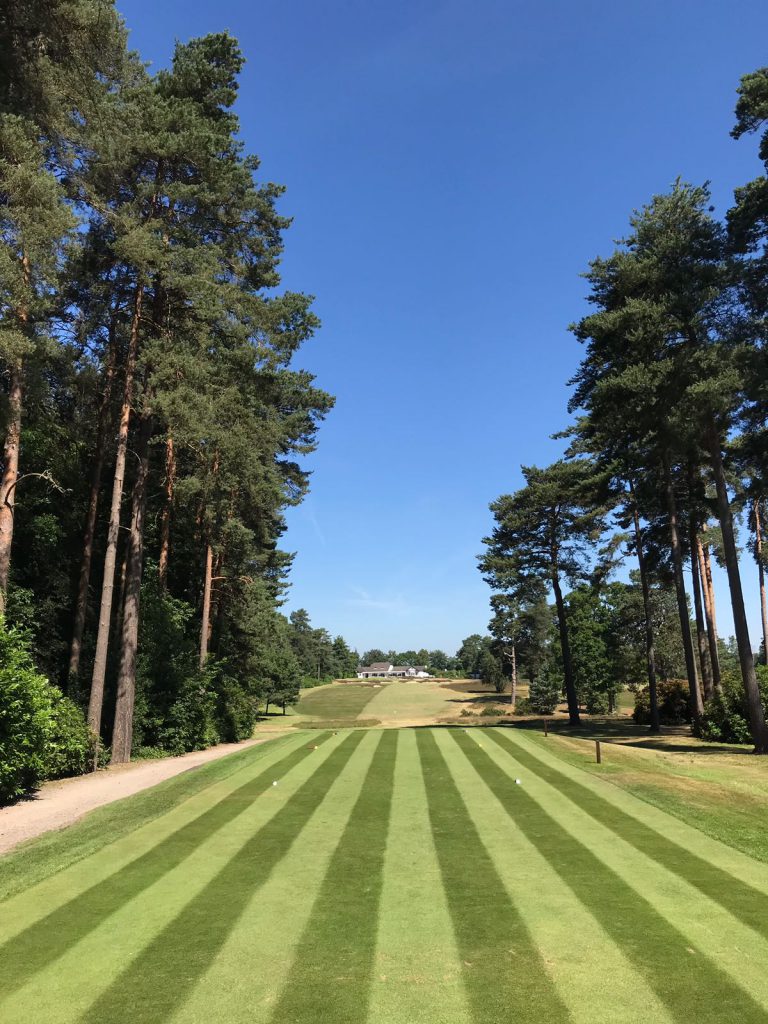
What aeration and topdressing programmes do you use across the course, what equipment and processes do you use and how often are you undertaking this?
As mentioned, we carry out large amounts of hollow coring to the greens. We also sand inject Graden the greens again to aid with thatch removal and drainage rates. As a club we have two main weeks to carry out the maintenance. In those weeks we generally hollow core greens, tees, approaches and fairways. We also Vertidrain all areas at least twice a year. We are a busy members’ club so all of the above does have to work around the diary, but generally the members at West Hill are very understanding and realise that the works all need to be done.
The course underwent a heavy tree removal programme in 2016. What were the reasons that drove this decision, how many were removed, how was the work executed and how has this benefited the course today?
The club has previously had an annual budget for tree removal which was great but I just never felt like we would ever get to the point where I was happy with the amount that were coming out. We then made the decision to have a tree harvesting company come on to site and with our planning we removed around 3,000 trees and scrub.
This has proved to be a very good project for the course and most importantly the regeneration of heather. We are a heathland course so our woodland needed to be managed to promote the right environment for the heather to begin to regenerate. It has also allowed more air and light to the greens and other parts of the course which has helped with keeping us drier throughout the year.
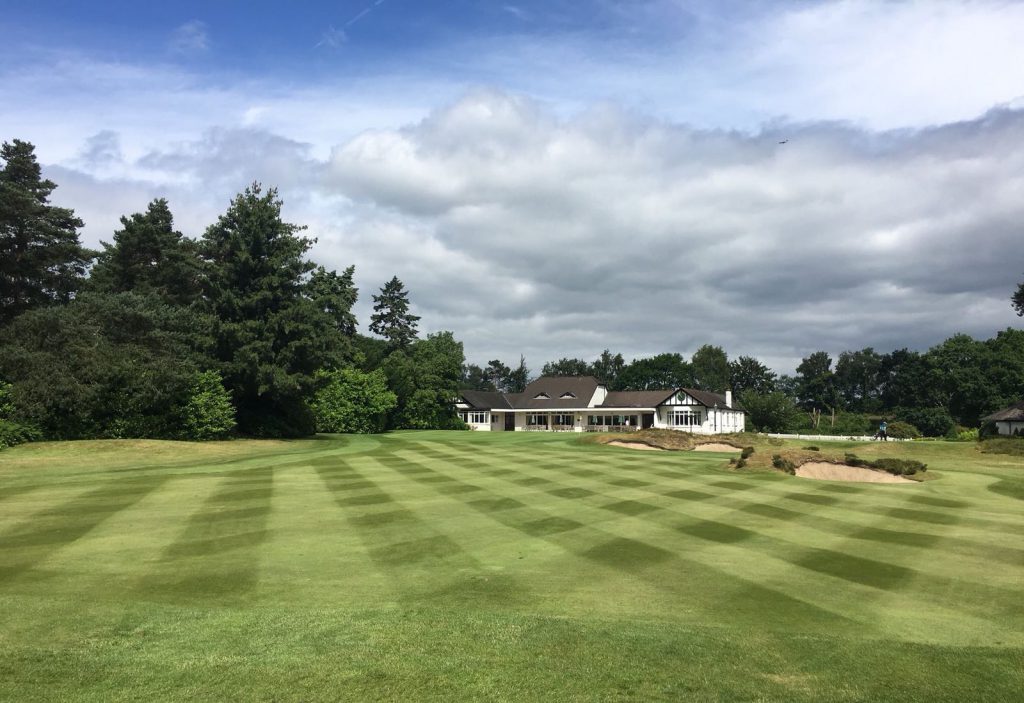
You’ve undertaken some work to the irrigation system. Please can you detail what has been done, why and who you have worked with?
In 2018 we advised Topturf Irrigation to proceed and install our new Toro Lynx control system and cable network. We also had a new pump station and a 300m3 tank installed. This increased our water storage to 500m3. With the heads on greens, approaches and fairways now being individually controlled, I have much more accuracy in where we need to water. This in turn reduces the amount of water we waste which is key for us as we currently do not have a reservoir.
What are the benefits from working with Topturf Irrigation and what results have you seen from this work?
The members and visitors expect very high standards at West Hill, whenever they choose to play the course. Having the irrigation working at its optimum level is key and Topturf, with their service, provide this for us.
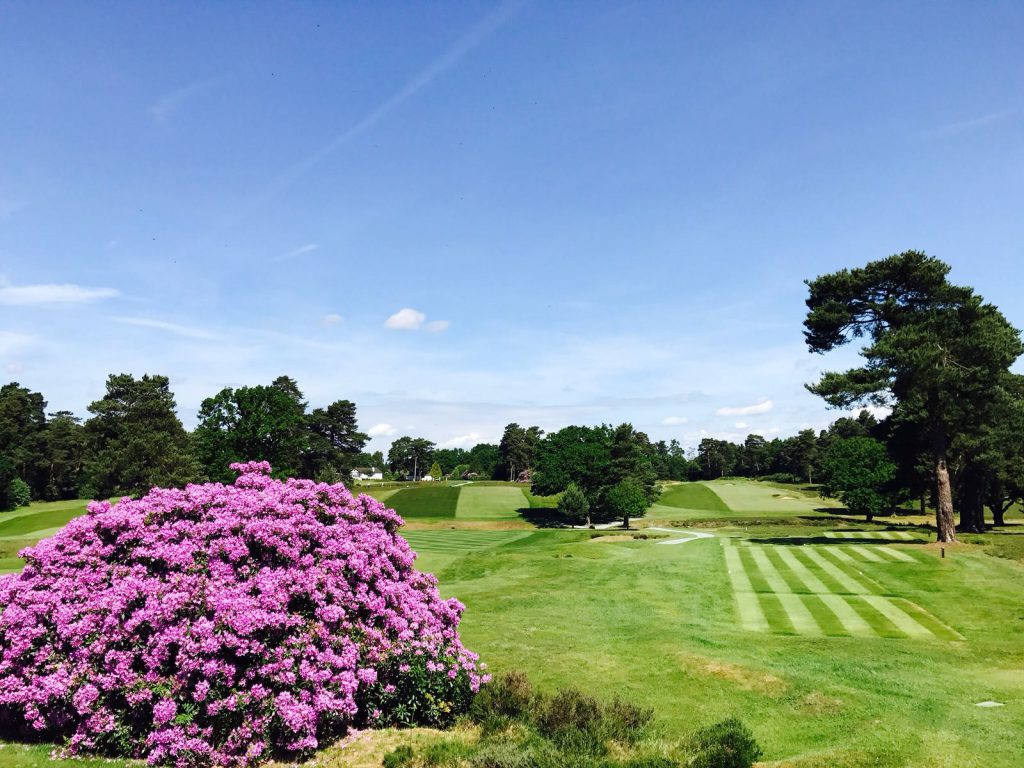
You’ve been running a renovation programme to the bunkers. What’s the nature of the work, how long do you think the programme will take and what has the feedback from members been?
We started a bunker refurbishment programme back in 2012 and we have 86 bunkers in total. The aim was to create a moor natural / heathland style look bunker with heather faces and more irregular shaping. We also installed mains drainage systems to all of the bunkers to aid with keeping them more playable after heavy rainfall. We are now going around and simply refreshing bunkers that we did years ago with fresh sand and heather. I think going forward we will install a rubber liner, but this is further down the current wish list.
What are the current major projects you are working on across the course, how have they come about and over what period will the work be done?
We are looking at building new tees on the 12th and 18th holes and are planning on continuing the heather planting across the course. We are as a club looking at installing a reservoir which will hopefully secure all of our water needs going forward, with water becoming more and more scarce it is a high priority project going forward.
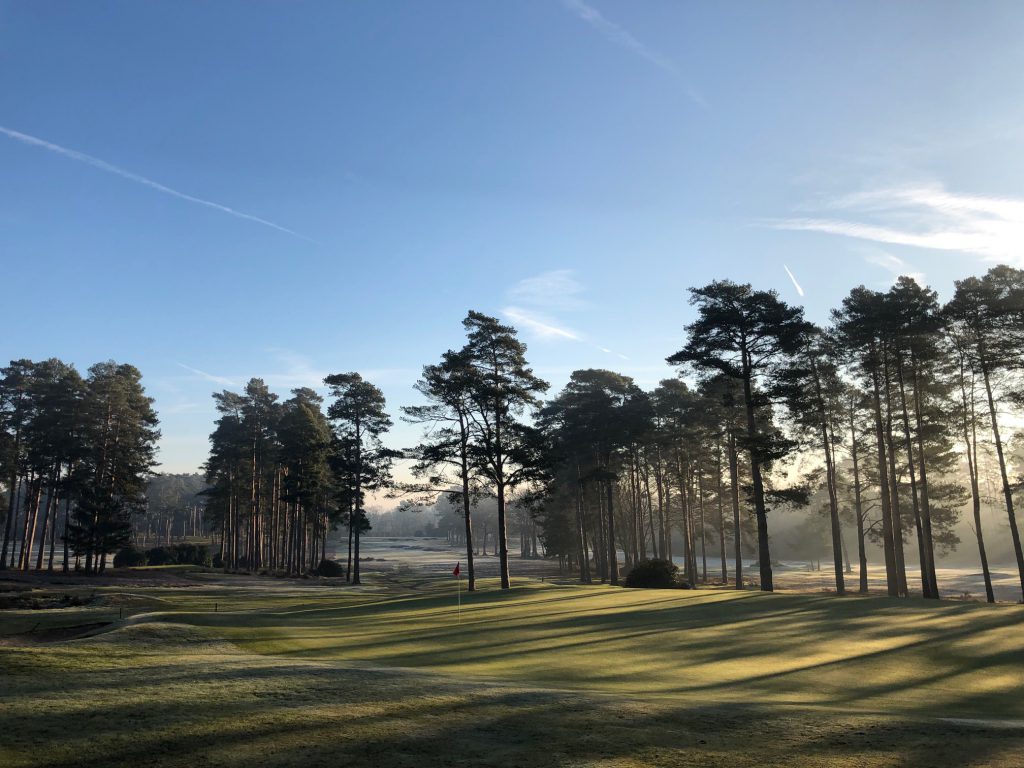
What do you think are the strengths that have carried you through your career and current position at West Hill and how do you look forward to keep the course evolving?
As a club we are always looking to keep things going forward and looking to invest in the course. In my time here so far we have carried out a large drainage project to the greens, built a state-of-the-art driving range facility, undertaken a vast woodland management / heather regeneration project and have tackled the bunkers. It certainly helps having the club and its members behind you in what you are trying to achieve and we certainly have that here.
What height of cut do you use across the course?
Height of cuts obviously vary across the year, greens vary from 3mm to 5mm, tees from 7mm to 10mm, approaches from 7mm to 10mm and fairways from 10mm to 14mm.
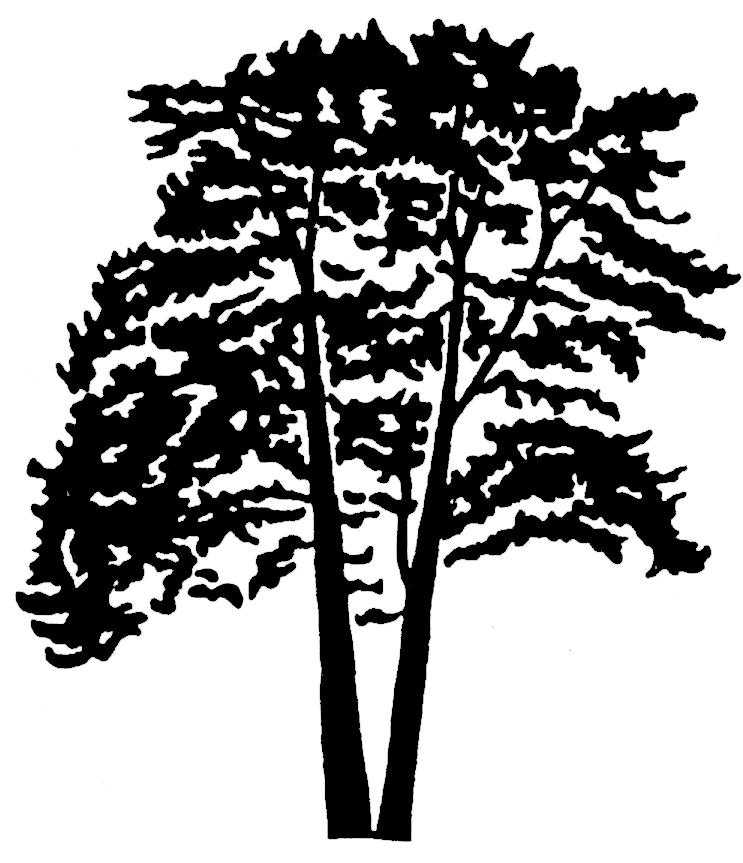
Training and education are key to developing a good team, what do you do to ensure you are investing in raising the standard of practice and performance from team members?
We at West Hill continuously have members of staff on the training courses which we see that will be of benefit for their progress. It is a key part of the development and the progression in their career.
The course presentation looks stunning, everyone in the teams seems to strive for perfection! How do you and the team achieve and maintain such a high standard?
Presentation for me personally is a huge part of the golf course. It raises the level of the course straight away as members and their guests love seeing a well presented, neat and tidy golf course. This can only be achieved if you have a good team who all care and strive to make the course look and play at its best for every single day of the year. We as a team push each other to make sure the standards are always as high as possible.
The pressures on the course manager to deliver a better product are growing year on year and the level of professionalism is rising with this. What do you think are the qualities now needed to meet the requirements and demands of golfers by someone in your position and how does this help contribute to the business of golf?
I feel that nowadays the course manager is seen as a very important part of the golf club. The members are aware that we, as course managers, have the golf course’s best interests at heart and that we are always trying to improve the conditions for them to play on. I think that interaction with the members and communication is key and helps to make the club feel as one and not separate from each other.
What currently gives you the greatest satisfaction from your job?
We, as a club, have achieved lots in the past eight or nine years. As I mentioned, you need to be supported from the club in good times and bad. We had a particularly challenging winter, 2014/15, regarding the greens’ drainage.
As a team though, and with the help and advice of the STRI, we decided to drain all of the greens which needed it and we came out stronger after that happened. It was a fundamental part of the greens which was missing (drainage) which, touch wood, has worked very well.
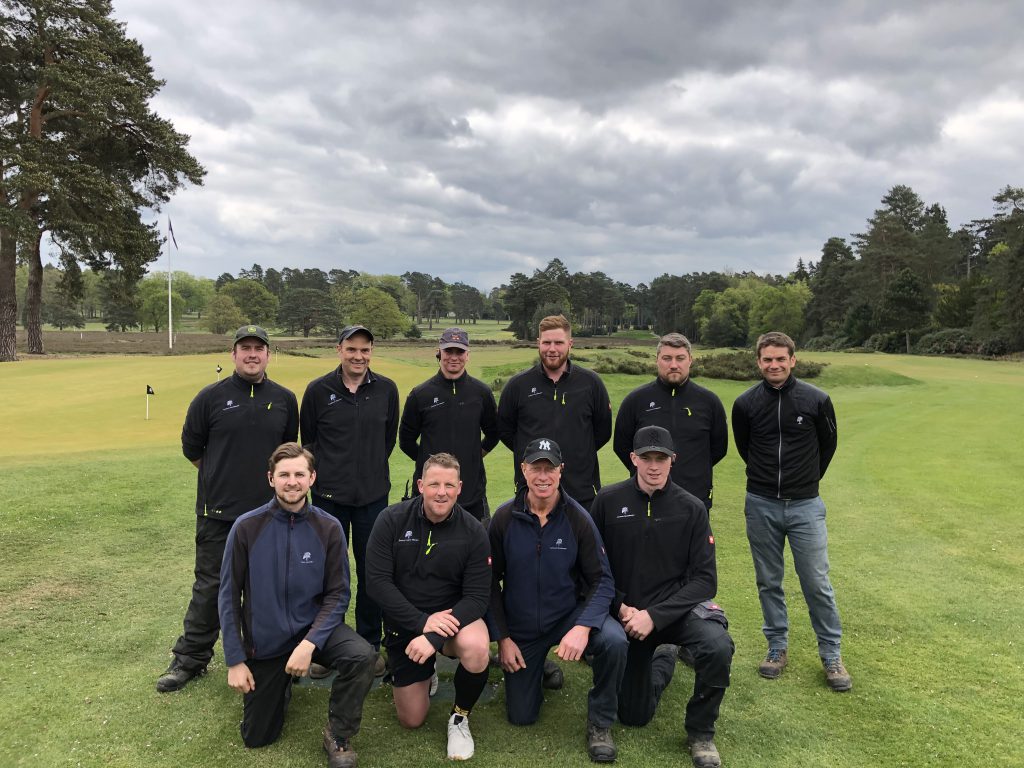
With your many years experience, what advice would you give to youngsters starting out and wanting to pursue a career in the profession?
I personally think that greenkeeping is a fantastic choice of career and one I would highly recommend. I personally enjoy working outdoors and love seeing the course take shape and being able to see things improving year on year. My advice would be to work as hard as you possibly can and take on board as much knowledge from the more experienced guys as possible. It may take time to reach the level of course manager but if you’re driven and willing, you can get there.

























